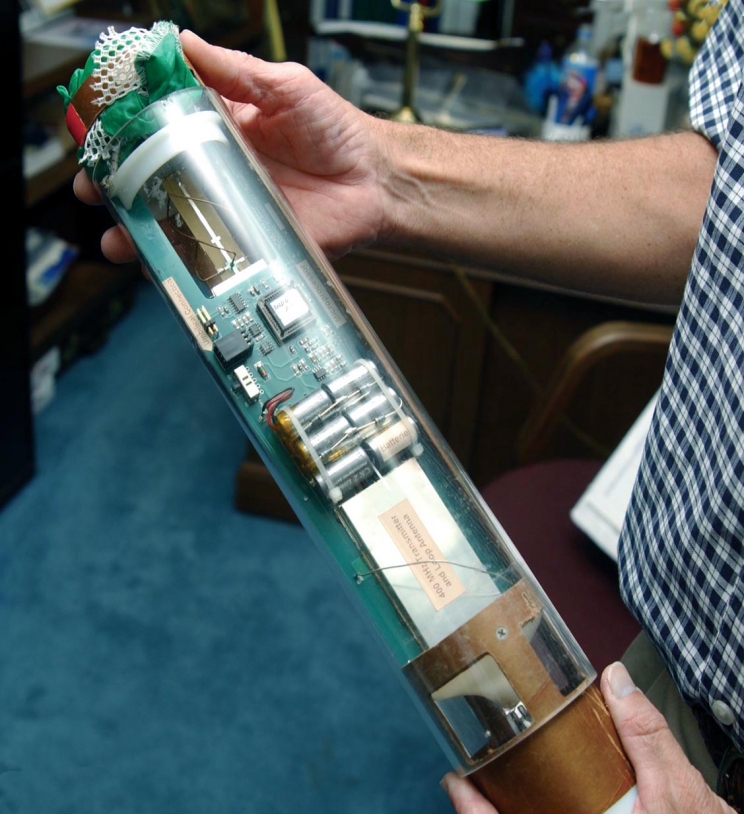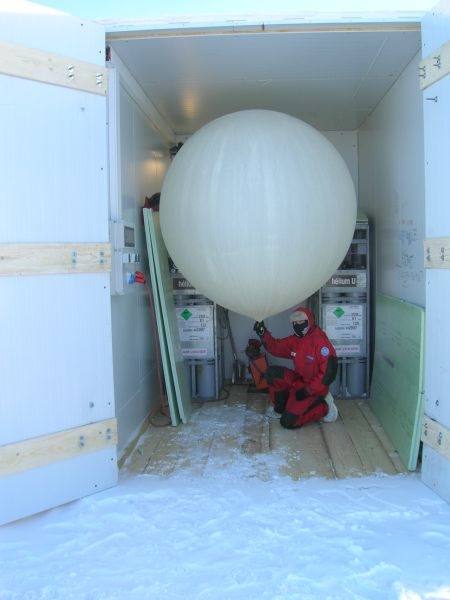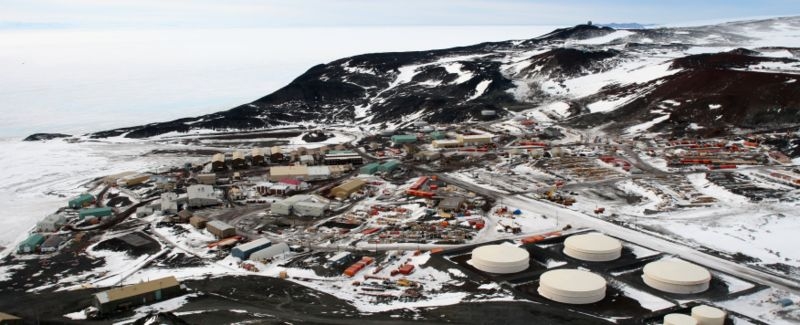7 January 2009
Dropsondes away!
The international Concordiasi* programme, which follows on from the 2005 Strateole-Vorcore campaign, comprises a meteorology and a stratosphere part and is contributing to International Polar Year (IPY).
In September and October 2009, 18 stratospheric balloons will be released from the U.S. McMurdo research base to drift over the Antarctic at an altitude of 20 km for several months.

The meteorology part of the experiment aims to learn more about the Antarctic climate, particularly snowfall, and to improve the predictions of weather models in this region of the globe where weather stations are few and far between.
To this end, 12 balloons will be commanded to release 600 dropsondes.
“During their descent, the dropsondes will continuously measure temperature, humidity and wind to obtain a series of very precise vertical profiles,” explains Didier Renaut, in charge of weather and climate programmes at CNES.

“Assimilating IASI measurements into Antarctic models is a big challenge, since the infrared signals are very weak, the emission properties of ice are poorly understood and it's hard to detect clouds,”, explains Didier Renaut.
Mieux comprendre comment se forme le trou d’ozone
The second part of the experiment aims tounderstand the dynamics driving the formation of the ozone hole every spring in the Southern Hemisphere.

CNES is the world's leading drifting balloon specialist..
The driftsonde (drifting balloon and dropsonde release system) was developed jointly by CNES and the U.S. National Center for Atmospheric Research (NCAR). CNES was responsible for the balloon and NCAR for the dropsondes.
* The Concordiasi programme was developed by an international science team currently supported by CNES, Meteo-France, IPEV, PNRA, CNRS/INSU, NSF, UCAR, the Concordia consortium, the University of Wyoming, Purdue University, the University of Colorado and ECMWF.

